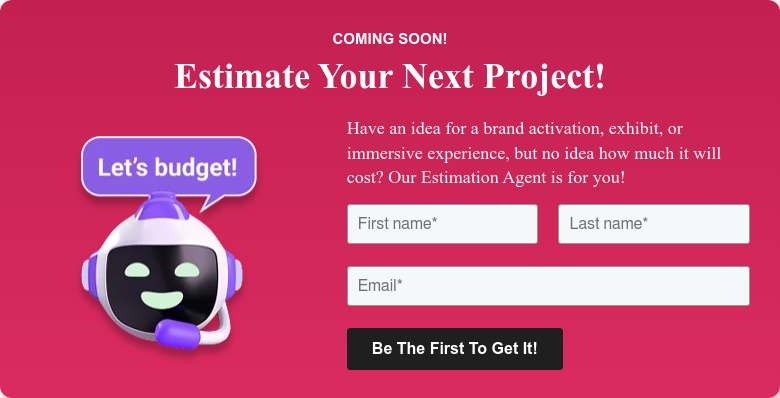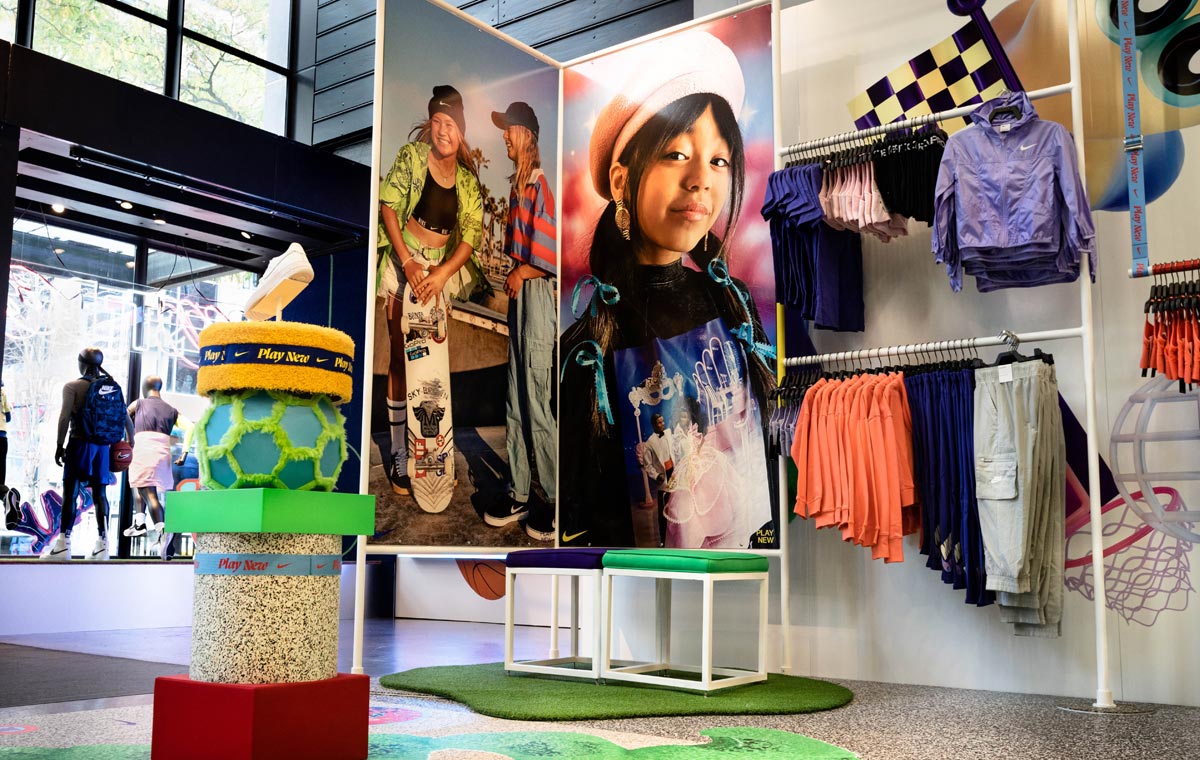In response to major shifts in consumer behaviors and economic conditions, retailers are changing the way they do business and how they allocate space. Retail stores are being redesigned and repurposed to create experiential environments and facilitate hybrid shopping behaviors. But without careful planning, retail interior design, whether new or an update, can be expensive.
How can your organization build out or change its retail footprint without blowing its budget?
Follow these tips to get the most bang for your buck when upgrading your retail interior.
How to get the most out of your retail interior design budget
Building without a plan is a sure path to a busted budget and unrealized potential. Maximize your next retail interior build-out or remodel by starting with an objective-focused plan. Then work with experts to identify ways to streamline your project’s design and execute your build efficiently.
What else can you do to get the most bang for your buck?
Start with this list.
9 Retail interior design tips for maximizing your budget
1. Consider function first, then form.
Many interior design projects begin with a selection of materials, fixtures, or furnishings. But this can create a situation where your design is serving your fixtures rather than your fixtures and furnishings serving your design (and ultimately, the people who will use the space).
Instead of buying (or building) what you like and trying to make it work, use objective-based planning models to develop your project. What is the purpose of each of these components? Is there a better or more cost-effective way to achieve that purpose using other materials or fabrication methods?
A full-service design and fabrication company can help you avoid expensive off-course purchases and provide you with alternatives that check the style and budget boxes.

2. Gather accurate and actionable data.
Develop a data-backed design plan that outlines each step of your project from start to finish before you purchase materials, fabricate furnishings or other components, tear down existing interiors, or start constructing a new one. Collect the necessary data to understand your resources, space, and other constraints and how each decision will affect the experience your retail design delivers.
3. Measure twice, cut once.
Avoid having to rework or modify your plans mid-project by taking careful measures of your space. Note all structural, legal, or contractual restrictions that may limit your design choices at the outset as well.
Once a design concept has been developed, use visualization technology to conduct a virtual walk-through and review every detail before any physical building begins.
4. Build flexibility and technology infrastructure into your retail interior design.
When building out a new retail interior or revamping an existing space, plan for the future. Building in capacity for change will save your organization time and money in the future.
Use modular pieces, add easy-access panels and conduits, and work with your design team to build spaces that can be changed using moveable fixtures and design elements such as wall graphics and adjustable lighting. Work with a design team that can help you prepare your space to accommodate the next generation of ambient technology.
5. Focus on the most profitable areas of your store.
Not all areas of a retail space deliver the same value per square foot. Focus your investments on those spaces that will add the most value for customers and employees.
Design your space to maximize its appeal to your ideal customer, increase dwell times, and nudge sales. Create an inviting view from the threshold, ensure smooth traffic flows, and build in conveniences that enhance your shoppers’ experiences and make them want to come back.
At the same time, make sure your retail interior design doesn’t impair employee efficiency or morale. For example, consider customizing an employee lounge to maximize their downtime.
6. Invest in a high-quality retail interior.
Your interior design affects employee and guest experiences and your bottom line. A generic look doesn’t tell people what the brand is about and can cost you more than you think.
Spending slightly more for flooring, fixtures and the other foundational elements of your retail store’s interior that will stand up to high traffic or are sustainably sourced will pay off when your customers and employees notice the difference between your interior and other retail stores.
7. Look beyond off-the-shelf fixtures.
During the past few years, the technology supporting customized fabrication of fixtures, wall decor, and furnishings has advanced rapidly. Creating custom elements that reflect your brand’s personality may even save you money.
Off-the-shelf fixtures often have to be modified to fit your space or force you to make compromises. Custom retail fixtures are built to fit and can perform double-duty as branded displays. When prepping your next retail interior budget, solicit bids for custom store fixtures and furnishings. The possibilities may surprise you.
8. Use all store surfaces to create a retail experience.
Customers come to retail stores in search of more than just items to buy. They are seeking an experience worthy of their time and attention. Use color, lighting, sound, three–dimensional objects, and graphic design elements to tell an engaging story and immerse shoppers in a curated brand experience.
Multi–purposing walls, fixtures, flooring and other design features to promote your products and your brand is a wise use of your budget. Work with an experienced retail interior design and fabrication team to identify the most effective methods for adding signage and branded graphics to your store. Could your floor be a walking surface and an interactive display or a wayfinding sign?
9. Engage a design and fabrication partner early.
Often, there is more than one way to achieve a desired result. The best design and fabrication companies will point you to the most economical and efficient methods to solve your needs—and help you avoid costly mistakes. Seek advice from a full-service retail design and fabrication company that manages the entire process in-house to get the most out of your budget at every step.
Ready to maximize your retail interior design budget?
Keeping costs in check is critical to retail success. And, drawing customers to your store and delivering a remarkable experience is too. That’s why top brands are creating retail interiors that appeal to the high expectations of modern shoppers—without breaking the bank.
Find out how a full-service retail design and fabrication company can help you design or update your retail interior while minimizing disruption and maximizing your budget. It all starts with a Project Success Map — a free plan to detail every stage of your project from ideation to installation. Take the first step toward transforming your retail experience by scheduling an introduction to Bridgewater Studio today.


.png)
.png)
.png)







